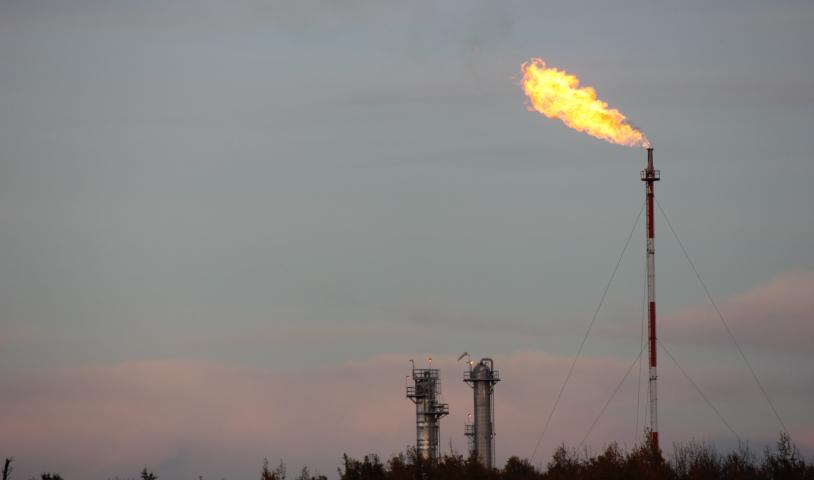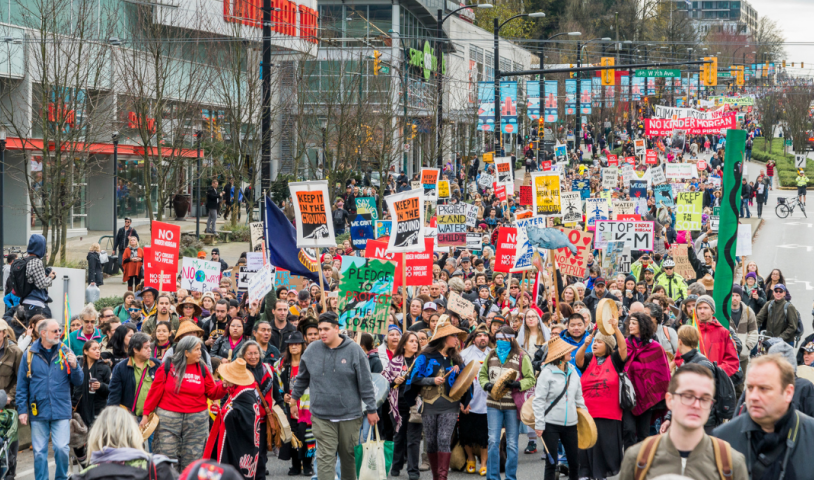Opinion: Why Canada keeps missing its climate targets
Wednesday, August 7, 2019
I can forgive most people for glazing over at the mention of climate targets. They’re the stuff of wonky technocrats, hardly inspiring transformative change. For almost 30 years, Canadian governments have promised to reduce carbon pollution, mostly from the burning of coal, oil and gas. And they’ve done a miserable job at it.
I was born in 1991. For my entire life, governments have been setting climate targets and failing to meet them. At the first United Nations climate change conference, the Rio Earth Summit in 1992, Canada promised emissions cuts to 1990 levels by the year 2000. Instead, we increased pollution by 19 per cent. Under the Kyoto Protocol in 1997, we said we would drop emissions to six per cent below our previous target by 2012. Then we grew our total by another 3.5 per cent.
In Copenhagen in 2009, Canada set a new target to reduce carbon emissions by 17 per cent below 2005 levels by 2020. As of 2017, we’ve reduced them just two per cent. Finally, in the Paris Agreement in 2015, we proudly announced we would cut pollution by 30 per cent from 2005 levels by 2030. We’re currently on track to miss that target, with just a 12.5-per-cent decrease.
Targets are supposed to allow us to hold the government of the day accountable, but do they? Has there been any real accountability for the three decades we’ve dithered while the world has warmed and communities worldwide have suffered from floods, fires, storms, drought, disease and conflict? Our targets don’t even go far enough. Globally, they amount to more than double the temperature rise scientists consider safe.
At the end of the day, there’s only one target that ultimately matters — zero. Our best scientists tell us we need to eliminate carbon pollution by 2050 in order to stabilize the global climate at safe levels. On a global scale, that means drawing as much or more carbon down from the atmosphere as we put into it.
Our leaders need to detail when and how we will reach this post-carbon economy. Planning to switch from coal power to fracked gas and reduce per-barrel emissions from the tarsands while only expanding fossil fuel exports just isn’t going to cut it.
Here’s the good news — life can get better as we build this new economy. There’s a tremendous amount of work to be done and well-paying hardhat union jobs to do it. We need to retrofit every building in the country, change the way we manage our forests and farms, unleash affordable public transit just about everywhere and build renewable energy from coast-to-coast-to-coast.
Approving one last liquefied natural gas plant or tarsands mine on the false hope that we might squeeze it into our deeply inadequate targets is downright irresponsible. Oil and gas is already Canada’s single most polluting sector and the only one continuing to grow its emissions. New fossil-fuel projects cannot help us get to a post-carbon economy just like light cigarettes don’t help anyone quit smoking.
Gas plants, compression stations, man camps, flare stacks, frack pads, wastewater ponds. The entire landscape of northeast British Columbia is a casualty of the fracked gas boom. @Climate_Pete was just there and what he found was surreal. #fracking #LNGCanada #fracked pic.twitter.com/ZW1tjMKpYt
— Wilderness Committee (@wildernews) July 26, 2019
I’m from Calgary. I’ve got plenty of friends and family working in oil and gas. But they can see the writing on the wall as well as anyone. Albertans know the world is changing, they just want to know we have a place in this new economy that’s emerging.
Canada can and must bring workers and their communities along just as we’ve done for the coal sector in Alberta. Offer free education and retraining to anybody under 50 and early retirement to the rest. Any decarbonization plan must start there.
Canada will reach a post-carbon economy, the only question is when. And the sooner we get started, the easier, cheaper and fairer it will be.
Peter McCartney is the Climate Campaigner for the Wilderness Committee.
Read the original article by clicking here.





